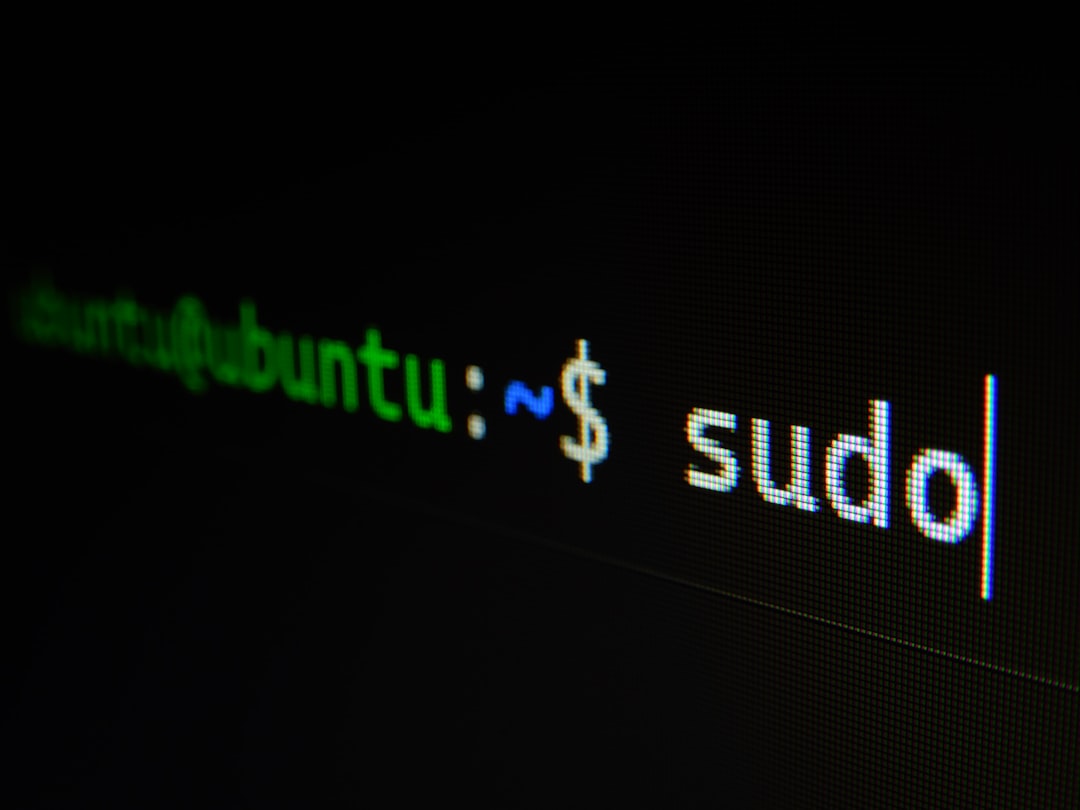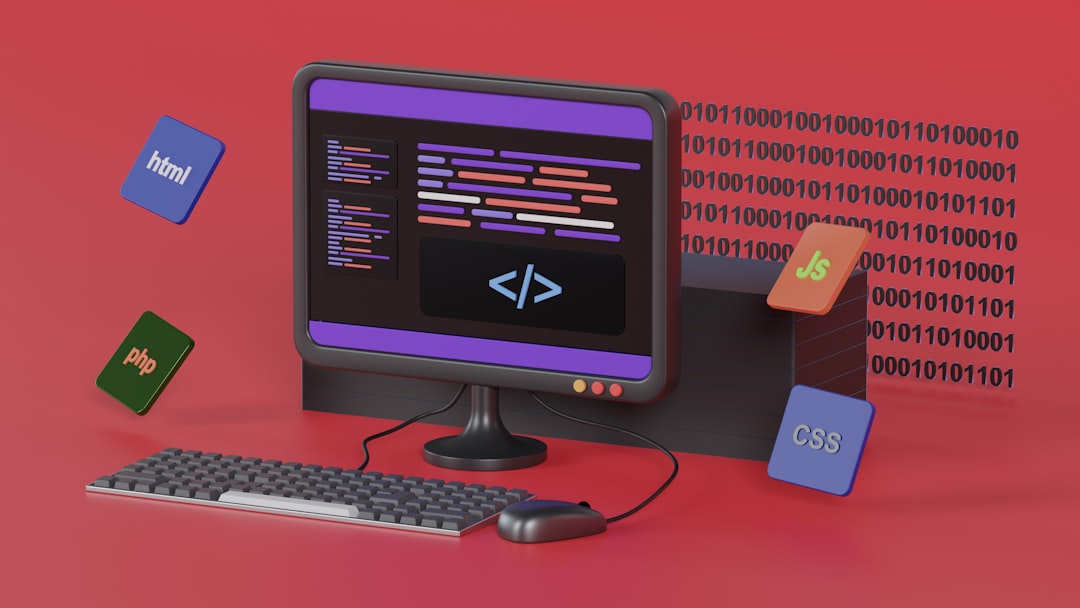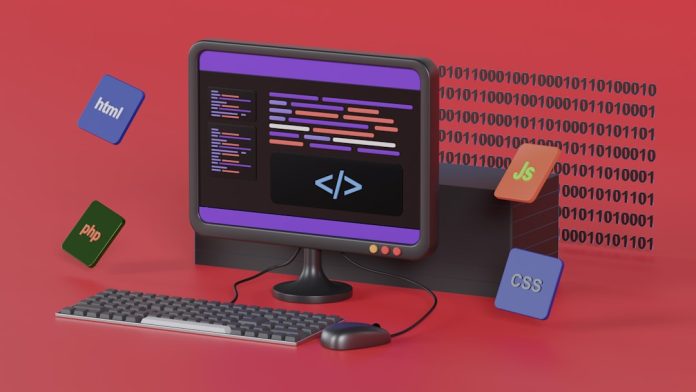You’re ready to run your Java application, fingers hovering excitedly over the keyboard, only to be greeted by a daunting error: “Could not find or load main class…”. If you’ve encountered this, you’re not alone. This common yet frustrating issue can grind development to a halt, especially if you don’t understand where things went wrong. In this article, we’ll walk you through a step-by-step process to identify and fix Java Main Class Load errors efficiently.
Table of Contents
Understanding the Problem
Java relies on a well-defined structure and classpath to locate and execute the main() method. When this structure is compromised—due to misplaced files, incorrect naming, or faulty paths—you’re likely to face a “Could not find or load main class” error.
This usually means Java can’t find the class you specified or it couldn’t load it due to a mechanism such as a missing JAR or an incorrect path.
Step-by-Step Guide to Resolve the Error
1. Check the Class Name
Ensure that you’re specifying the fully qualified name of the class, including the correct package structure. For example:
java com.example.MainAppIf the MainApp class is inside a package com.example, omitting the package name will result in a load error.
2. Verify the Main Method Signature
The JVM looks for a method with the following exact signature in the main class:
public static void main(String[] args)Any deviation in spelling, parameters, or access modifiers will lead the JVM to believe that your class doesn’t contain a valid entry point.
3. Check Classpath and Directory Structure
Perhaps the most common culprit is incorrect directory structure or broken classpaths. Ensure that your .class files are in the proper directory matching the package structure.
For example, if your class is in package com.project, then compile it with:
javac -d . com/project/MainApp.javaAnd then run it via:
java com.project.MainApp
4. JAR Execution Mistakes
If you’re running your Java program from a JAR file, ensure it’s correctly built with a Main-Class entry in the MANIFEST.MF file.
You can check this by opening the JAR as a ZIP and navigating to META-INF/MANIFEST.MF, where it should read something like:
Main-Class: com.project.MainAppTo execute, use:
java -jar myapp.jar5. Avoid File Extension Errors
When running a Java program, make sure you’re referring to the class name only—without the .class file extension.
Incorrect:
java MyApp.classCorrect:
java MyApp6. Check for Typos and Capitalization
Java is case-sensitive. MainApp, Mainapp, and mainApp are all entirely different in the JVM’s eyes. Validate spelling and capitalization to avoid simple, yet time-consuming, mistakes.
7. IDE Configuration Issues
If you’re running your program from an IDE like Eclipse or IntelliJ, double-check the Run Configuration settings. Ensure the right class is selected under “Main Class” and that the working directory hasn’t been altered.
Extra Tips for Avoiding Future Errors
- Stick to conventions: Follow Java naming and packaging conventions consistently.
- Automate builds: Use tools like Maven or Gradle to handle builds and JAR configurations accurately.
- Script deployment: Use reliable shell or batch scripts with logging to identify startup problems faster.
- Log output: Redirect console output to a log file to analyze persistent start-up issues.

When All Else Fails
If you’re still stuck, consider disassembling the class using the javap command to verify the presence of the main method:
javap com.project.MainAppThis shows the method signatures compiled in the class, confirming whether the expected structure is present.
Conclusion
Java Main Class Load errors can be intimidating, especially for newer developers. But with a logical, step-by-step approach—verifying class names, ensuring correct paths, and inspecting JARs—these errors become an educational stepping stone rather than a roadblock. Treat them as opportunities to better understand Java’s execution model, and soon such issues will barely slow you down.
